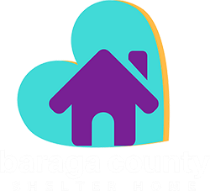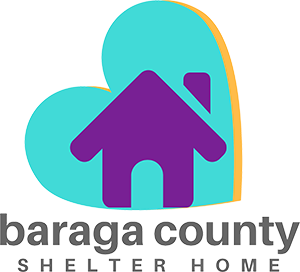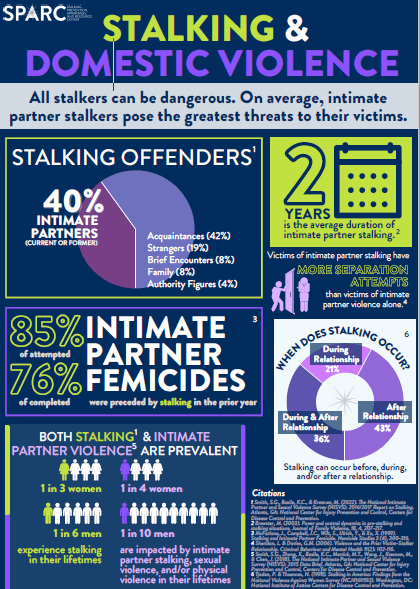Stalking
Stalking is any repeated and unwanted contact such as watching you, following you, or harassing you, that makes you feel afraid or unsafe. Stalking may occur from someone you know, a current or past partner, or a stranger. Stalking may get worse or become violent over time. Stalking may also be a sign of an abusive relationship.
Someone who is stalking you may threaten your safety by clearly saying they want to harm you. Some stalkers harass you with less threatening but still unwanted contact. The use of technology to stalk, sometimes called “cyberstalking,” involves using the Internet, email, or other electronic communications to stalk someone. Stalking is against the law.
Stalking and cyberstalking can lead to sleeping problems or problems at work or school.
Examples of stalking may include:
- Following you around or spying on you
- Sending you unwanted emails or letters
- Calling you often
- Showing up uninvited at your house, school, or work
- Leaving you unwanted gifts
- Damaging your home, car, or other property
- Examples of cyberstalking include:
- Sending unwanted, frightening, or obscene emails, text messages, or instant messages (IMs)
- Harassing or threatening you on social media
- Tracking your computer and internet use
- Using technology such as GPS to track where you are
If you or someone you know is being stalked, call our 24/7 Helpline at (906) 524-7078! We CAN help!
Stalking Resources
If you or someone you know is experiencing stalking, use a Stalking Log like the one below to help document stalking-related incidents and behaviors.
Stalking Incident and Behavior Log (SPARC)
To learn more about stalking, visit the Stalking Prevention, Awareness, Resource Center (SPARC)


